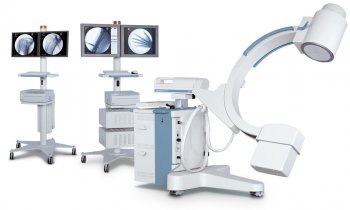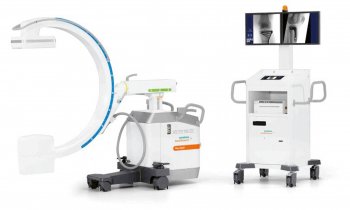
Image source: Wang C, Dong J, Zhuang X et al., Translational Lung Cancer Research 2022 (CC BY-NC-ND 4.0)
News • Technical refinement in airway surgery
Tracheobronchial anastomoses: It's a wrap?
A pioneering study, led by Professor Shuben Li from the First Affiliated Hospital of Guangzhou Medical University, China, revisits a classic but unresolved question in airway surgery: Should tracheobronchial anastomoses be routinely wrapped following resection and reconstruction?
The article, published in the journal Translational Lung Cancer Research, presents a single-center experience to explore the relationship between wrapping the anastomosis after airway reconstruction and short-term surgical outcomes, and to investigate whether wrapping the anastomosis can reduce the incidence of postoperative adverse events.
Tracheobronchial resection and reconstruction surgery remains a technically demanding procedure with high risks of morbidity and mortality. According to previous research, neoadjuvant treatment and tracheal resection >4 cm may be associated with an increased anastomotic complication rate. Accurate preoperative planning of airway reconstruction strategies and ensuring proper tension and good healing of the anastomotic site are crucial for the prognosis of surgical patients.
The wrapping of autologous tissue materials around the anastomosis is considered a potential method to prevent complications at the anastomotic site. Various autologous tissues, including pedicled muscle flaps, pleura, glands, and omentum, have also been reported for use in wrapping the anastomosis after airway reconstruction. However, previous studies hold the view that accurate suturing techniques and protecting surrounding airway structures (such as blood vessels and lymph nodes) are key to preventing anastomotic complications during the procedure, making additional wrapping unnecessary. Whether to wrap the anastomosis with surrounding tissue remains controversial.
Overall, 95 patients (31.6% female) were included in the new study, including 42 patients who underwent complex surgery (wrapped subgroup: 32, non-wrapped subgroup: 10), and 53 patients received standard surgery (wrapped subgroup: 32, non-wrapped subgroup: 21). In the complex surgery group, the wrapped subgroup exhibited a significantly lower short-term postoperative anastomotic complication rate compared to the non-wrapped subgroup (P=0.004). Long-term anastomotic complication rate was comparable between the two groups. No statistically significant differences were observed in the standard surgery group.
The researchers conclude that the wrapping procedure has a relatively positive effect on the short-term prognosis of patients undergoing complex tracheobronchial resection and reconstruction, particularly in minimizing the risk of anastomotic complications to a certain extent. As airway resections and reconstruction become more common, revisiting and refining peri-anastomotic strategies is critical for optimizing outcomes.
Source: National Center for Respiratory Medicine
28.06.2025










